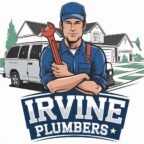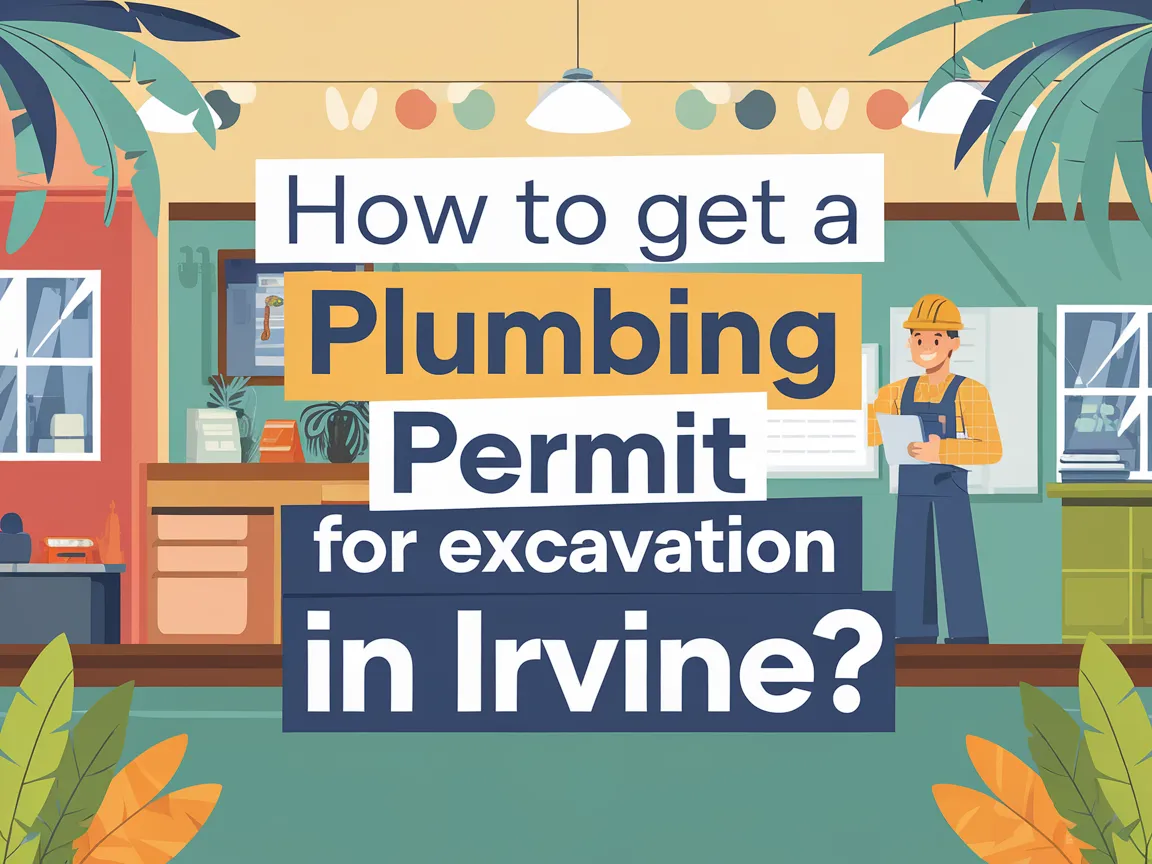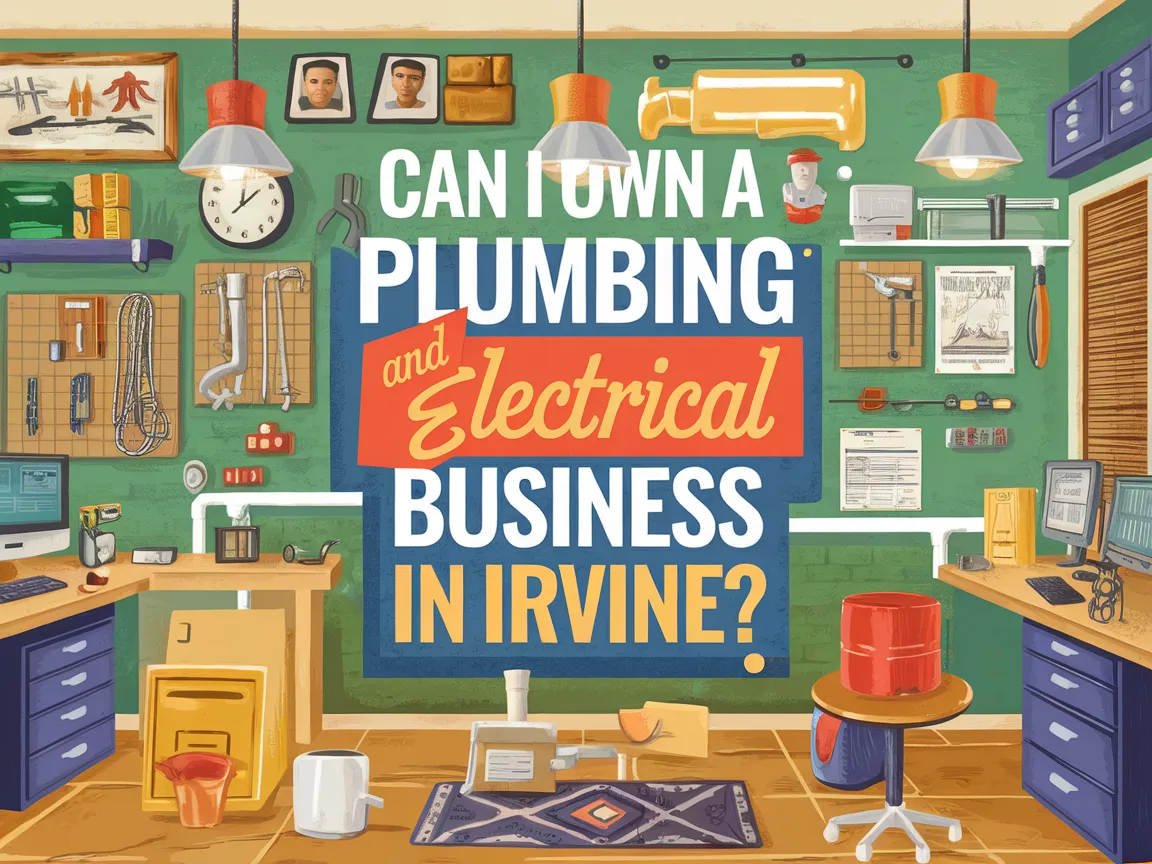What is an RPZ in Plumbing?
Last Updated: February 27, 2025
RPZ, water safety, installation, costs
RPZ stands for Reduced Pressure Zone, which is like a superhero for your water. It keeps dirty water from mixing with clean water, making sure your water is safe to drink!
I can’t tell you how many times I’ve been asked, what is an rpz in plumbing. In my experience, they’re super important, and I’m here to help you understand why and how to properly install one!
This article will cover what an RPZ is, how to install it, installation costs, factors affecting costs, special considerations, and when to bring in plumbing pros in Irvine.
Table of Contents
- What is an RPZ in Plumbing?
- What is ‘RPZ (Reduced Pressure Zone)’?
- Before You Start Considering an RPZ…
- How to Install an RPZ in Plumbing
- How Much Does an RPZ Installation Cost?
- What Are the Factors Affecting RPZ Installation Costs?
- Special Considerations for Installing an RPZ
- When to Consult Plumbing Experts for an RPZ Installation?
- Benefits of Installing an RPZ in Plumbing
- Common Locations for RPZ Installation
- FAQ
- Final Words on RPZ in Plumbing
- Additional Resources
What is an RPZ in Plumbing?
An RPZ, or Reduced Pressure Zone valve, is a backflow prevention device. It prevents contaminated water from flowing back into the clean water supply. Installed in irrigation systems or commercial buildings, it’s crucial for safety. You can usually find it underground or outside the structure. If you’re experiencing unexpected pressure issues with your plumbing, water pressure can impact valve performance.
What is ‘RPZ (Reduced Pressure Zone)’?
RPZ (Reduced Pressure Zone) is a specialized valve system that keeps your drinking water clean and safe. It effectively prevents contamination in your water supply, which is essential for complying with plumbing codes in California, where protecting the water table is vital. An RPZ valve kicks into action when there’s a drop in pressure, operating at specific measurements like a pressure drop of 2.0 PSI (0.14 Bar) or more. This feature is crucial for safeguarding your system, especially in commercial properties where regulations are strict. Installing an RPZ can cost anywhere from $500 to $1,200, depending on the unit size and your plumbing needs.
I had a friend in Irvine who relied on an RPZ to maintain their irrigation system. This setup was crucial, given California’s ongoing water challenges and fire season. Without it, their landscape could easily succumb to contamination, which would negatively impact local vegetation. Reinforcing the value of an RPZ in plumbing is key here. If you’re considering installation, expect to spend roughly $150 to $300 for a basic RPZ valve, with typical flow performance standards (FPS) showing flow rates of about 120 GPM (Gallons Per Minute) for most models. When navigating plumbing installations, it helps to know how to protect your investment.
Before You Start Considering an RPZ…
What do you need to kick off your understanding of what an RPZ is in plumbing?
- RPZ Valve: You’ll want a reliable RPZ valve like the Watts 009 or Apollo 20M. It’s critical for preventing backflow into your drinking water supply.
- Wrench Set: Grab a good-quality wrench set, such as the GearWrench 6 Point Sets. These are essential for tightening connections without damaging the fittings.
- Pipe Insulation: Invest in pipe insulation like the Frost King Foam Insulation Kit, which comes with a 6 ft roll. Insulation helps prevent freezing during those chilly nights in Irvine.
- Backflow Testing Kit: A Prüflos Backflow Test Kit is vital for routine maintenance checks on your RPZ. It ensures everything’s working correctly, keeping potential hazards at bay.
We’ve wrapped up important information about considering an RPZ setup. Let us turn our attention to installing an RPZ in plumbing.
Also See: What is a Smoke Test for Plumbing? Quick Overview
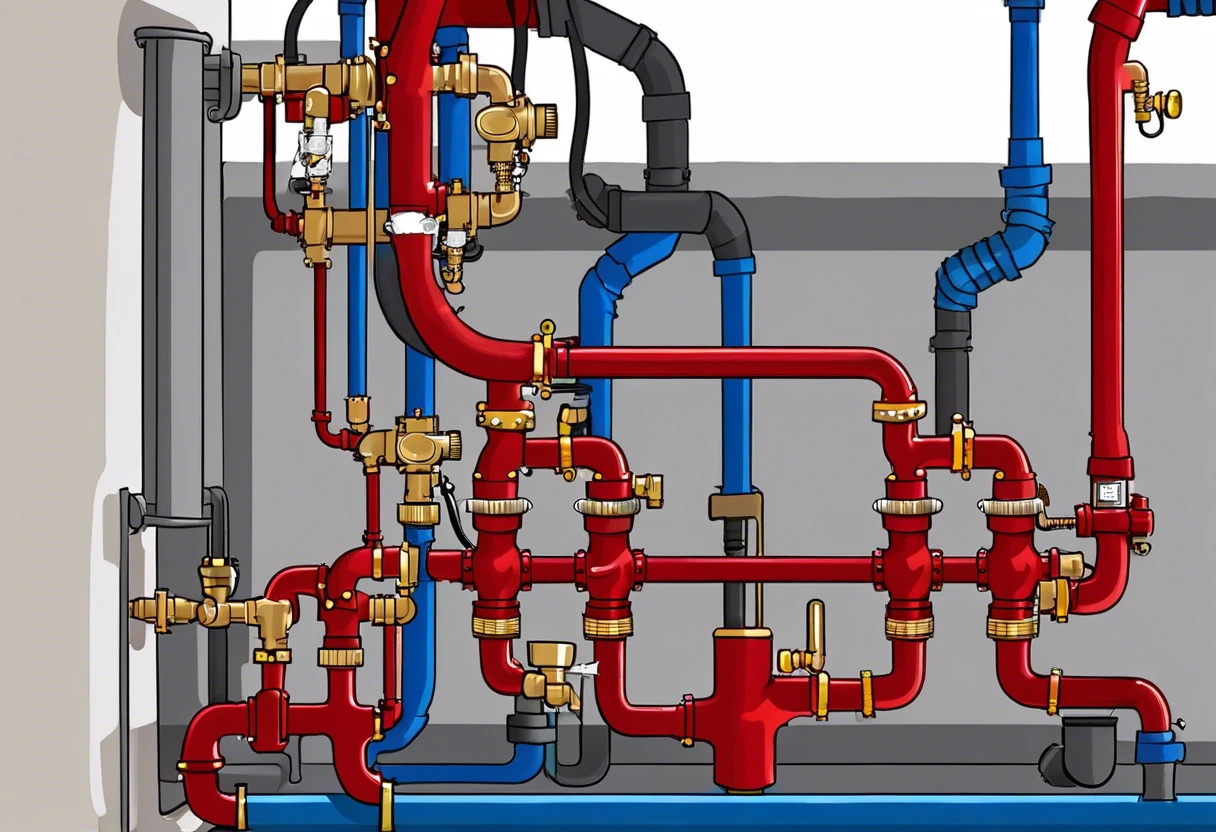
How to Install an RPZ in Plumbing
Let’s break down the steps for installing a reduced pressure zone (RPZ) valve for your plumbing needs.
-
Turn Off the Water Supply
First things first, turn off the main water supply to avoid any messy mishaps. In residential setups around Irvine, CA, this usually means shutting off the valve near your water meter. It typically takes just a minute or two. When unexpected plumbing issues arise, knowing your rental property maintenance responsibilities can save you time and stress.
If you’re unsure, drain the pipes by turning on a faucet at the highest point in your house. This helps release any remaining water pressure in the system.
-
Locate the Installation Point
Next, find the best spot for the RPZ valve. It’s usually installed above ground, but it can vary based on your specific plumbing layout. You should ideally place it on a horizontal run of pipe that’s at least 12 inches away from other fixtures and at a height that meets city codes.
From what I’ve seen on the job, making the valve easily accessible can save you time during future inspections and repairs—trust me, it pays off!
-
Install the RPZ Valve
Now, mount the RPZ valve by cutting two sections of the main supply pipe where you’ve designated its location. Use well-fitting unions around the RPZ to allow for proper adjustment, and remember, a thread sealant is essential here to prevent leaks. When dealing with complex plumbing installations, you might encounter challenges that require professional guidance on choosing the right plumbing solutions.
Make sure all connections are tight and comply with the backflow assembly standards specified by the IRC (International Residential Code) and IPC (International Plumbing Code). And don’t forget to align the inlet and outlet test cocks per the manufacturer’s instructions—you really don’t want to mess this part up! Plumbers often recommend conducting a comprehensive smoke test for plumbing to verify the integrity of these critical connections.
-
Restore the Water Supply
Once your installation looks good, slowly turn the main water supply back on. It’s crucial to double-check the joints around the RPZ valve for leaks once pressure returns to the system—this is something I can’t stress enough!
That’s it! Let some water flow freely now that you’ve got the RPZ valve up and running. Say goodbye to worries about hazardous drainage systems and hello to peace of mind!
Pro Tip: Always opt for a high-quality RPZ valve; skimping on materials can lead to complications sooner than you’d expect.
We’ve wrapped up the steps for installing an RPZ in plumbing. Let us turn our attention to the cost of installation.
How Much Does an RPZ Installation Cost?
When it comes to installing a Reduced Pressure Zone (RPZ) device, you’re generally looking at costs between $1,000 and $3,500, depending on how complex the job is. Don’t forget to factor in unexpected expenses like permits, which might run you about $150 to $300, or any necessary plumbing adjustments, which could add another $500. From my personal experience here in Irvine, CA, I suggest budgeting around $2,000 to $4,000 for a solid installation, with most jobs taking a day or two. Consider hiring a pro unless you’re experienced—it’s not hella easy! If you need professional guidance on navigating this complex process, professional plumbers can help you.
Cost Breakdown
| Cost Item | Low Estimate ($) | High Estimate ($) |
|---|---|---|
| RPZ Device | 600 | 1,500 |
| Installation Labor | 300 | 1,000 |
| Permits (If Required) | 150 | 300 |
| Additional Plumbing Adjustments | 0 | 500 |
| Total Cost | 1,000 | 3,500 |
We’ve wrapped up the costs of RPZ installation here. Let us turn our attention to the factors influencing these costs.
What Are the Factors Affecting RPZ Installation Costs?
So, what factors influence the costs and details around RPZ (Reduced Pressure Zone) installation decisions?
-
Type of Property: Residential properties often require different specifications compared to commercial ones, affecting installation processes.
-
Location and Accessibility: A site in a hard-to-reach area affects labor time and equipment needed, which influences overall costs.
-
Local Codes and Regulations: Compliance with city regulations, like those in Irvine, dictates additional costs for permits and inspections.
-
RPZ Valve Type: Different models vary in price and installation demands, significantly impacting project costs.
We covered the factors influencing RPZ installation costs. We will now cover special considerations for installing an RPZ.
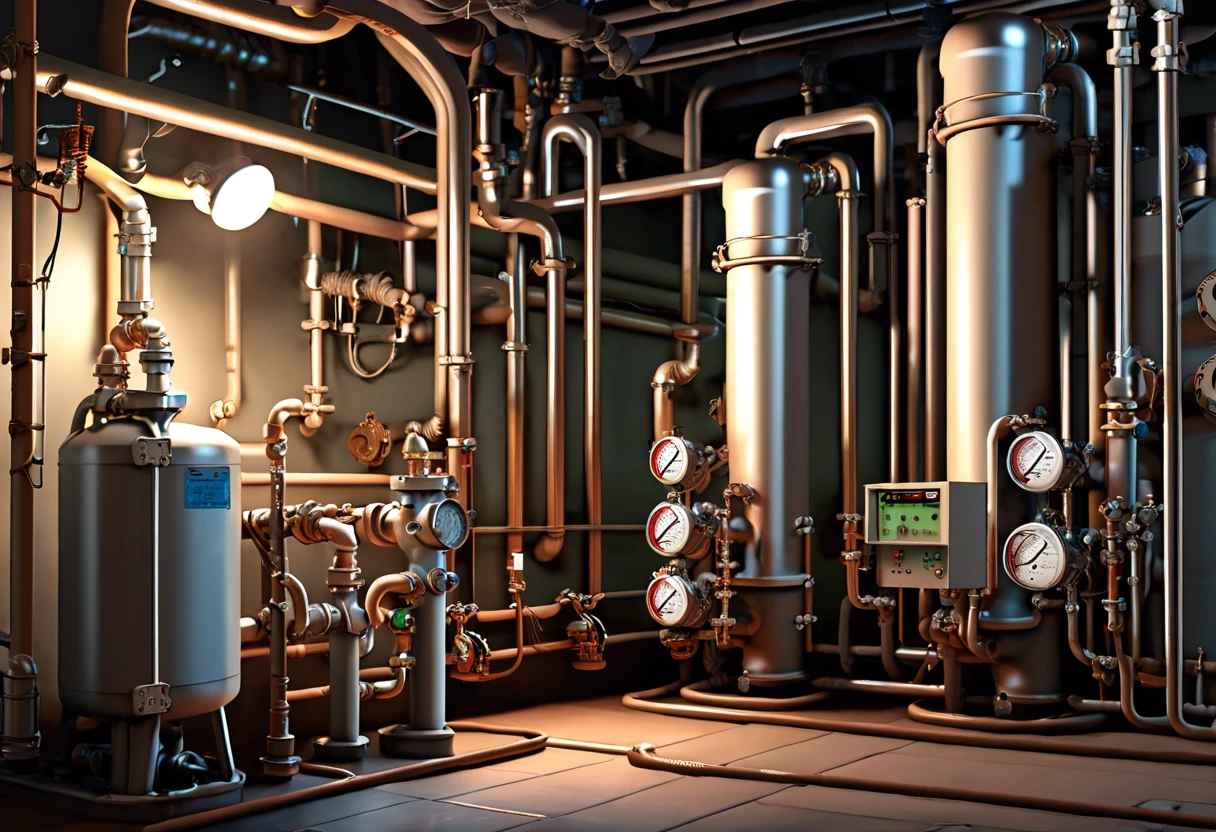
Special Considerations for Installing an RPZ
When you’re thinking about installing a Reduced Pressure Zone (RPZ) valve, there are a few specific factors to keep in mind.
- Location: Place the RPZ at least 12 inches (30.48 Cm) above the highest upstream piping component. This keeps your valve in compliance with local codes.
- Accessibility: Make sure the RPZ is easy to access for regular maintenance. Ideally, it should have a clearance of 3 feet (0.91 M) around it for hassle-free access.
- Drainage: Design the surrounding area with proper drainage. The relief port must drain away from the building to prevent any discharge from causing flooding.
- Backflow Testing: Schedule annual testing. In California, state law requires that RPZ devices be tested at least once a year by a certified tester.
- Pressure Ratings: Ensure the RPZ is rated for the water pressure in your area. Most systems operate between 40-80 psi (2.76-5.52 Bar). Check to confirm it’s suitable for your specific setup.
When to Consult Plumbing Experts for an RPZ Installation?
If you’re thinking about installing an RPZ (Reduced Pressure Zone) assembly, it’s time to call in the pros. Look for a certified plumber who knows the ins and outs of local codes and has experience with RPZ setups. Ideally, you want someone who’s been in the Irvine area long enough to navigate any challenges that can pop up—trust me, I’ve seen it! When budgeting for your plumbing project, you’ll want to understand plumbing costs for new construction.
Keep an eye out for their credentials. Check if they’re licensed and insured. In my experience, I’ve been on service calls where folks thought they could save cash by hitting up a random handyman, but it backfired big time. They ended up paying even more fixing those shoddy problems down the line!
So do your homework and ask for references. When it comes to an RPZ, planning needs precision and expertise. Don’t rush it; when proper installation and maintenance are at stake, a good plumber is worth every penny. If you’re curious about the professional journey behind such expertise, check out the path to becoming a skilled plumber.
Benefits of Installing an RPZ in Plumbing
Understanding the advantages of an RPZ can help you see why it’s essential for homeowners, especially here in Irvine.
- Protects Drinking Water: An RPZ prevents contaminated water from mixing with your clean supply. This is crucial in areas like Irvine where we’re super mindful of water quality.
- Compliance with Local Regulations: Installing an RPZ helps ensure you’re up to code with local plumbing laws, which can save you from potential fines and headaches.
- Reduces Health Risks: By keeping your water clean, you’re maintaining a healthier environment for your family and pets—always a top priority!
- Cost-Effective: While there’s an upfront cost, it can save you money in the long run by preventing costly contamination incidents.
Common Locations for RPZ Installation
Knowing where to install an RPZ is vital to maximizing its effectiveness. Here are common spots found in Irvine:
| Location | Why It’s Important | Example |
|---|---|---|
| Irrigation Systems | Protects drinking water from pesticides and fertilizers. | Residential lawns and parks |
| Sprinkler Systems | Prevents backflow during system malfunctions. | Golf courses and sports fields |
| Commercial Properties | Ensures safety in environments with potential contaminants. | Restaurants and factories |
| Fire Suppression Systems | Maintains water quality in case of firefighting needs. | High-rise buildings |
FAQ
What is the Difference Between a Backflow Preventer and an RPZ?
The difference between a backflow preventer and an RPZ in plumbing is significant in their design and use. A backflow preventer simply stops water from flowing back into the potable supply, while an RPZ offers a higher level of protection by using a reduction in pressure to control potential backflow. This makes them crucial in commercial settings, especially with all the new developments popping up in the OC.
Does an RPZ Reduce Water Pressure?
Yes, an RPZ can reduce water pressure. The pressure is intentionally dropped to act as a barrier against backflow. Typically, you might see a drop of about 2-3 PSI, which is around 0.14-0.21 bar. This helps maintain safe water systems, keeping things flowing smoothly. If you’re curious about the professional path behind these technical skills, you can explore becoming a certified plumber.
Where is an RPZ Required?
An RPZ is required wherever potable water could be at risk of contamination. They’re commonly mandated in irrigation systems and large commercial buildings in Irvine. Local regulations often specify exact placement and installation to keep everything up to snuff with safety standards. If you’re unsure about your specific plumbing requirements, landlord plumbing responsibilities can provide crucial guidance for property owners and tenants alike.
What Causes an RPZ to Leak?
Several factors can cause an RPZ to leak, including wear and tear on its internal components or improper installation. Over time, the rubber seals may degrade, which is a bummer. Regular maintenance is crucial, and immediate action is key to prevent extensive water damage. If you’re unsure about handling RPZ repairs, check out some practical DIY plumbing techniques.
How Often Should an RPZ Be Tested?
An RPZ should be tested annually to ensure it’s operating correctly. Testing determines if the device functions properly and meets state regulations. Missing a test could lead to compliance issues and possible contamination, which is especially serious here in the OC.
Can You Install an RPZ Yourself?
While a DIY install of an RPZ is possible, it’s not always recommended. Professional installation guarantees compliance with local codes and regulations, as well as safe integration into your plumbing system. That way, you can relax, knowing everything’s up to par in vibrant Irvine. If you’re curious about the specific plumbing pipes used locally.
What Maintenance Does an RPZ Require?
Regular maintenance for an RPZ includes annual testing and inspection for any wear or leaks. Routine checks are critical to ensure the valves and relief ports function properly. Keeping your water supply safe and clean is a must for all homeowners in the area.
Final Words on RPZ in Plumbing
Phew, we covered a lot about RPZs, including what an RPZ (Reduced Pressure Zone) is, considerations before installation, the installation process, cost factors, special installation considerations, and when to call in plumbing experts.
In simple terms, an RPZ in plumbing serves as a backflow prevention mechanism to ensure the safety of your water supply. Wishing you smooth sailing with your plumbing projects—and remember, I’m just a call away if things get tricky.
If you’re looking for more information or assistance, check out Irvine Plumbers for further resources.
Additional Resources
- Irvine Ranch Water District (IRWD) – https://www.irwd.com
- Does Your Plumbing System Require an RPZ Valve? – Lanz Inc
- RPZ Certification | RPZ Device Repair | MAS Plumbing
